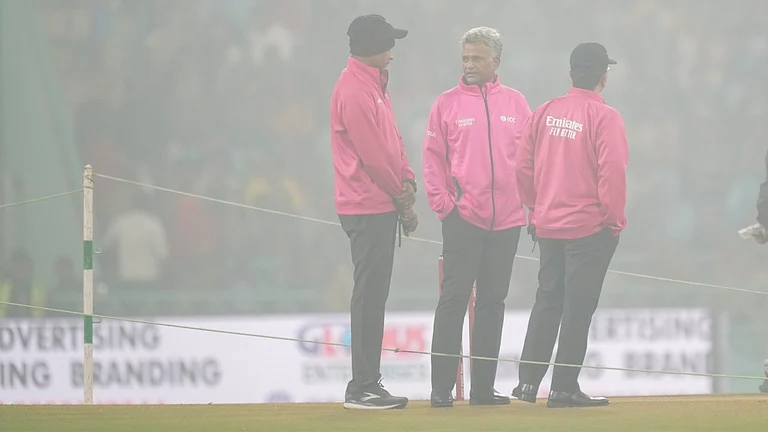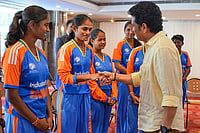The first clinical and cultural portrait of marriage in India—that’s how Shaifali Sandhya’s Love Will Follow is described. The author is a clinical psychologist who specialises in couple therapy and family systems.
The book is certainly timely. Across the urban sprawl of middle-class India, the institution of marriage is “burning”, as Shaifali says. Economic growth, the financial empowerment of women, the breakdown of extended families, the increasing sexual awareness of women, and the influence of outside cultures is causing the most unprecedented churning in this hoary institution. Unsurprisingly, divorce rates in India have increased tenfold in the last two decades; there has been a 350 per cent rise in Kerala, the most literate state; and a 200 per cent rise in Chennai and Calcutta. Divorce, according to the author, “is the new accessory to marriage in India”.
The problem is that unprecedented change is accompanied by the continuity of tradition. Couples, whose expectations have increased greatly, are still straitjacketed in traditions where the husband is perceived as the breadwinner and the wife is expected to play a subordinate role. The clash between change and tradition is what makes the transition so traumatic.
Shaifali’s book is based on interviews with married couples between the ages of 20-55 years who have been married for 1-36 years. To her own surprise, she found that over 90 per cent of the couples she identified were willing to talk and have spoken candidly about their personal lives. However, most of those she interviewed live in and around Delhi. But given the fact that the behavioural pattern of middle-class India has a pan-Indian character, her findings are not necessarily inaccurate.
There is, of course, the other India which is outside the book’s purview—45 per cent of rural women still get married before they turn 15 and 64 per cent before 18, and India accounts for 22 per cent of all global maternity deaths. The other India also bears the brunt of the imbalance between men and women, given the national statistic of only 94 females for every 100 men. Within its chosen focus, however, the book dwells on all relevant aspects of marriage, including what happens (or does not happen) in bedrooms, the need for intimacy, the early years of adjustment (in the West these are called the “honeymoon years” whereas in India they usually take the greatest toll), the ubiquitous role of the mother-in-law, the issues involved where both spouses work, and the pervasive question of gender and inequality.
A gripping book, Shaifali writes with verve, subordinating the jargon of psychology to a friendly readability. Her research brings up startling facts: one-third of all Indian couples are dissatisfied in marriage; Indians think about sex more than Americans; the most looked up word on Google in India is sex; and only 50 per cent of Indian wives experience orgasm.
The current state of marriage in India has hardly been explored rigorously. This is all the more unfortunate, since no other social institution has perhaps undergone so much change in recent decades. This is a professional and highly readable beginning, which will hopefully inspire other scholars to follow suit.






















